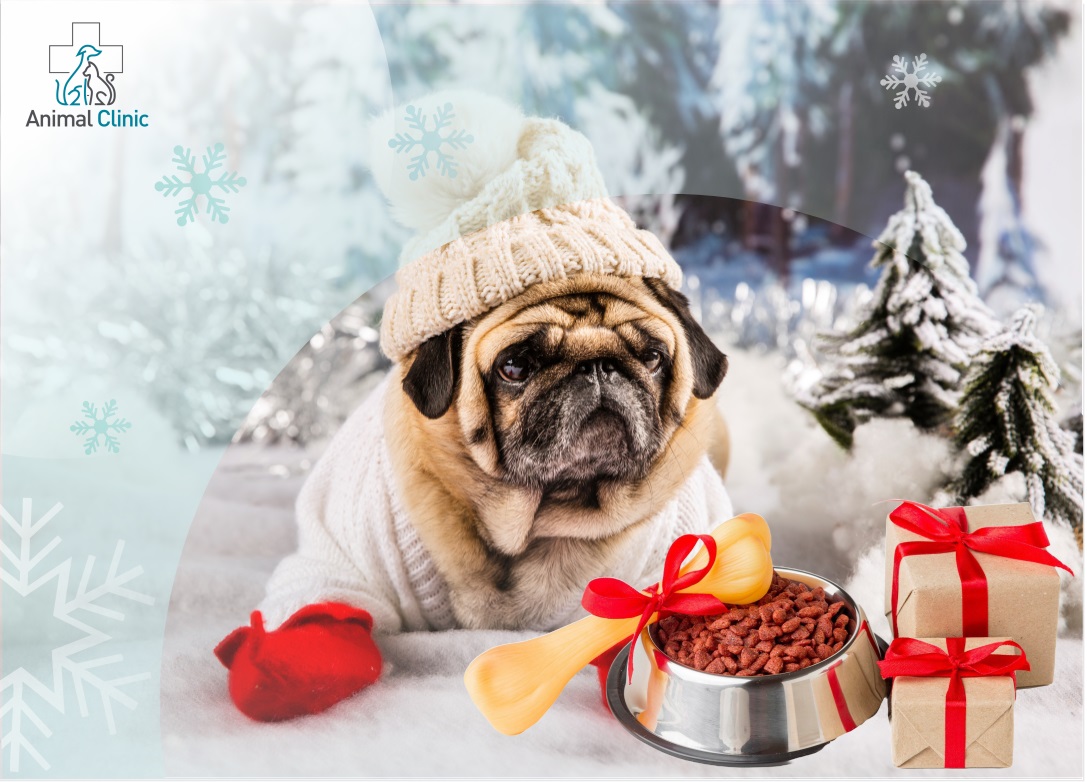- Main
- News and events
- Winter Care Tips for Pets: How to Keep Them Healthy and Comfortable
Winter Care Tips for Pets: How to Keep Them Healthy and Comfortable

Housing Tips
Pets are warm-blooded creatures that are sensitive to cold. Exposure to low temperatures can weaken their immune system. The ideal indoor temperature for pets is around +18°C, but if your heating system falters, you’ll need to help them stay warm:- Dogs need a warm bed with a sturdy base and fillers like synthetic padding or hollow fiber.
- Cats will feel cozier in a soft, enclosed house resembling a burrow, offering warmth and a retreat from excessive attention. Hairless breeds like Sphynxes are especially sensitive to the cold and should be dressed in clothing or wrapped in a blanket.
- Rodents should be provided with extra nesting materials in their cages, such as hay, paper towels, and wood shavings.
- Birds can have their cage insulated with hay or paper on the bottom.
- Reptiles require heating lamps, such as a 40W incandescent bulb or a UV lamp.
Winter Grooming and Clothing
Grooming: Regular brushing of cats and dogs helps maintain proper thermoregulation. Avoid trimming their fur during the winter months. Instead of full baths, focus on washing their paws or drying wet fur with a hairdryer after walks. Nails: Dogs’ nails require extra attention in winter. Unlike warmer months when they wear down naturally on hard surfaces, nails grow unchecked due to snow-covered terrain. Check and trim them every 7–10 days to prevent discomfort or pain. Paw Care: To protect against de-icers and cold, coat your pet’s paw pads with a thick layer of wax or silicone cream before walks. Wash it off with shampoo and warm water afterward. This is particularly helpful during icy conditions when boots might cause slipping. Footwear and Clothing: On snowy days, fit your dog with specially designed boots to protect against the cold, glass shards, and sharp objects hidden under the snow. Small, toy, and short-haired breeds should wear a properly sized jumpsuit with 1–2 cm of extra room for comfort. Choose water-repellent fabrics and opt for Velcro fastenings, which are safer than zippers.Feeding and Hydration During Winter
In winter, pets expend more energy to stay warm, especially if they go on outdoor walks. Maintaining their energy balance can be done in one of two ways:- Increase Calorie Intake: For pets on a natural diet, add more meat, fish oil, or olive oil to their meals.
- Increase Meal Portions or Frequency: For pets on commercial pet food, increase their portion size by 15% or feed them more often. For example, feed an adult cat or dog three to four times a day instead of two./li>
